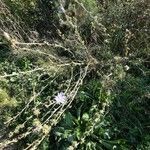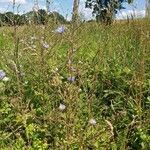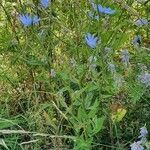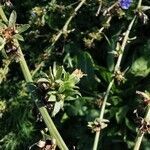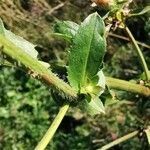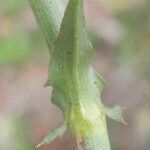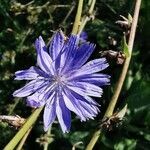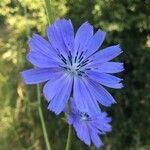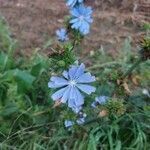Leaves with spinulose-dentate margins. Stalks of individual capitula widened just below the capitulum. Pappus of a small rim of scales to 2 mm long. Collected in Nairobi in 1902 ( Whyte !), at Simba R. in Tanzania’s Masai/Mbulu District in 1902 ( Kassner 639!) and on Kilimanjaro at Marangu in 1893 ( Volkens 1439!)
